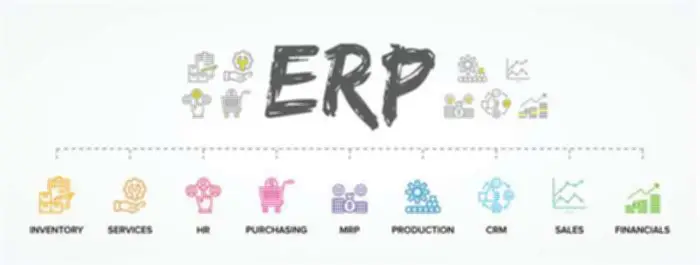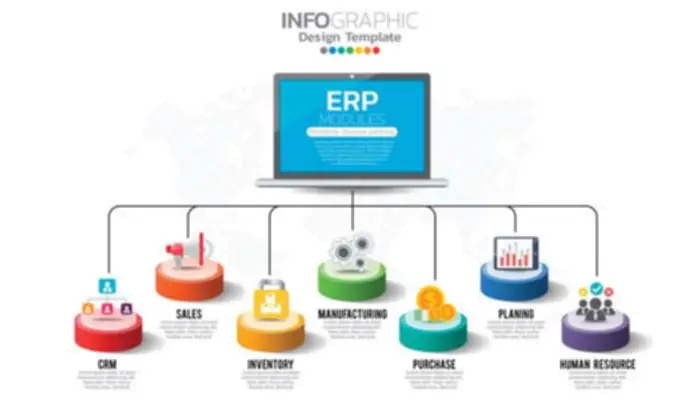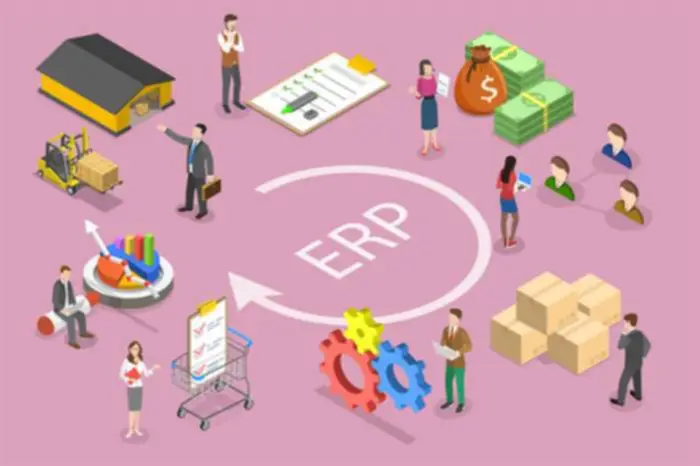What’s Edge Computing? Your Full Guide
This is especially necessary in industries that rely on real-time decision-making, corresponding to autonomous vehicles, industrial automation, and healthcare purposes. Sending large quantities of data from its origin to centralized knowledge centers is dear because it requires more bandwidth. The edge computing model permits you to decrease the quantity of knowledge being despatched from sites to data facilities as a end result of end customers solely send critical information.
Deploy Edge As An Extension To Cloud
Nevertheless, with edge computing, all of those processing gadgets are distant and outside the network, whereas the central controller is on the community. Edge and cloud computing have distinct features, and most organizations benefit from using both. A hybrid-cloud structure allows enterprises to benefit from the security and manageability of on-premises methods while also utilizing public cloud resources from a service supplier.
In all cases, edge helps make business features proactive and adaptive—often in real-time—leading to new, optimized experiences for folks https://www.globalcloudteam.com/. Take advantage of managed hardware deployed in areas exterior AWS knowledge centers— extending safe edge computing capabilities to metro areas, 5G networks, on-premises locations, and disconnected or remote locations. You can make use of capabilities purpose-built for specific edge use circumstances, and select from more than 200 built-in system services to deploy edge purposes to billions of units quickly and easily. Edge computing is a distributed computing framework that brings enterprise purposes closer to information sources such as IoT devices or native edge servers.
Which Industries Use Edge Computing?

This article will define edge computing, its similarities and differences with cloud computing, and who makes use of the know-how and how. Moreover, they came to understand that the infrastructure for transferring, storing and processing giant volumes of information can be extremely expensive and troublesome to handle. That could additionally be why solely a fraction of knowledge collected from IoT gadgets is ever processed.
Distant Information Collection

Edge computing can be teamed with synthetic intelligence and machine learning tools to derive business intelligence and insights that helps employees and enterprises carry out more productively. Self-driving vehicles must make split-second choices based on a relentless circulate of sensor information. If that information needed to journey to a distant cloud server for processing, the automobile could be unable to reply rapidly enough to keep away from accidents or make crucial changes to its environment. Edge computing ensures that the information is processed nearly instantaneously, improving each security and effectivity. A type of edge computing examples distributed computing, edge computing enables compute energy to be nearer to far-flung sources of information. For instance, edge devices nonetheless want an web connection for optimum utility.
But we quickly got to the purpose the place you would scale at a smaller compute size, and really put robust LLMs onto smartphones. In the face of rapidly altering shopper demand, behavior and expectations, the world’s largest retailers enlist edge AI to deliver higher experiences for patrons. Learners are suggested to conduct extra research to ensure that programs and different credentials pursued meet their private, professional, and monetary goals. Develop a flexible edge structure that accommodates varied use cases and scales efficiently. Additionally, take a look at various configurations to know which are optimal for various use circumstances.

These edge nodes can be anything from IoT devices and routers to dedicated edge servers or mini-data facilities. Edge computing permits for knowledge storage and analysis past what is possible with solely a central knowledge processing location. This brings faster and extra reliable insights at the location of information generation, which helps to improve performance and encourage new improvements.
In the past, the promise of cloud and AI was to automate and speed up innovation by driving actionable perception from data. But the unprecedented scale and complexity of knowledge that’s created by linked units has outpaced community and infrastructure capabilities. This may be seen within the proliferation of compute, storage and network equipment products particularly designed for edge computing.
Cloud-based applications that you use in your browser (such as Google Docs or Netflix) require heavy processing on cloud servers in addition to some mild native processing on your cellphone or pc. In addition to cloud computing, you even have the option of running services immediately on the top devices or on native community servers. While edge dealing with of real-time information processing takes the pressure off central assets, cloud services supply scalable storage of historic information. Get your staff to brainstorm how workload and data flow between these two infrastructure sorts may optimize efficiency for your specific operations. Edge computing is gaining popularity as a result of it permits enterprises to gather and analyze their uncooked knowledge more efficiently.
- Edge computing is working workloads at the edge—that is, nearer to units and end customers.
- Edge computing ensures that the info is processed nearly instantaneously, bettering each safety and effectivity.
- That includes word processing, spreadsheets, most programming growth environments, and a lot of video games.
- Most networking architectures could be divided into the “cloud” and the “edge.” Cloud computing consists of functions and companies operating on remote, internet-connected devices.
It addresses privacy and safety concerns by eliminating transmission of sensitive information over the community, reducing the danger of breaches and ensuring compliance with information protection rules. Edge computing supplies speed and agility in IoT deployments by offering dynamic and distributed computing assets, facilitating scalable IoT functions. Furthermore, community designers must account for the increased complexity of managing a distributed network. In a traditional centralized community, the community administration focus is often on the data middle and cloud sources. In an edge computing setup, community management should make certain that all edge nodes are connected, safe, and able to handling the processing load. The “node” concept provides small data centers located nearer to the source of knowledge.
Examples embody consumer end-devices, such as laptops and smartphones, in addition to how to use ai for ux design IoT devices and local networking tools, such as routers and switches. Begin by separating your network into small zones, with robust authentication between every. Present multifactor verification for all entry, whether or not distant or on-premises. Make security teams co-owners of all edge gadgets to empower them to shortly patch vulnerabilities or respond to threats. Accenture provides a full spectrum of companies to help maximize the benefits of edge computing.
In general, distributed computing fashions are hardly new, and the ideas of remote places of work, department places of work, information heart colocation and cloud computing have a long and proven observe document. Guaranteeing software program updates, security patches, and device well being monitoring could be complex because edge gadgets are typically distributed throughout numerous places. Implement sturdy options like over-the-air updates to streamline administration and maintenance processes. As the sting computing landscape continues to evolve, community operators should stay agile and develop methods to ensure the reliable, secure, and environment friendly operation of those superior networks. In The End, edge computing promises to remodel industries by enabling quicker data processing, higher person experiences, and extra clever functions at the network’s edge. Moreover, as a outcome of edge nodes deal with delicate information regionally, securing the information both at relaxation and in transit becomes a high precedence.
.jpg)
.jpg)